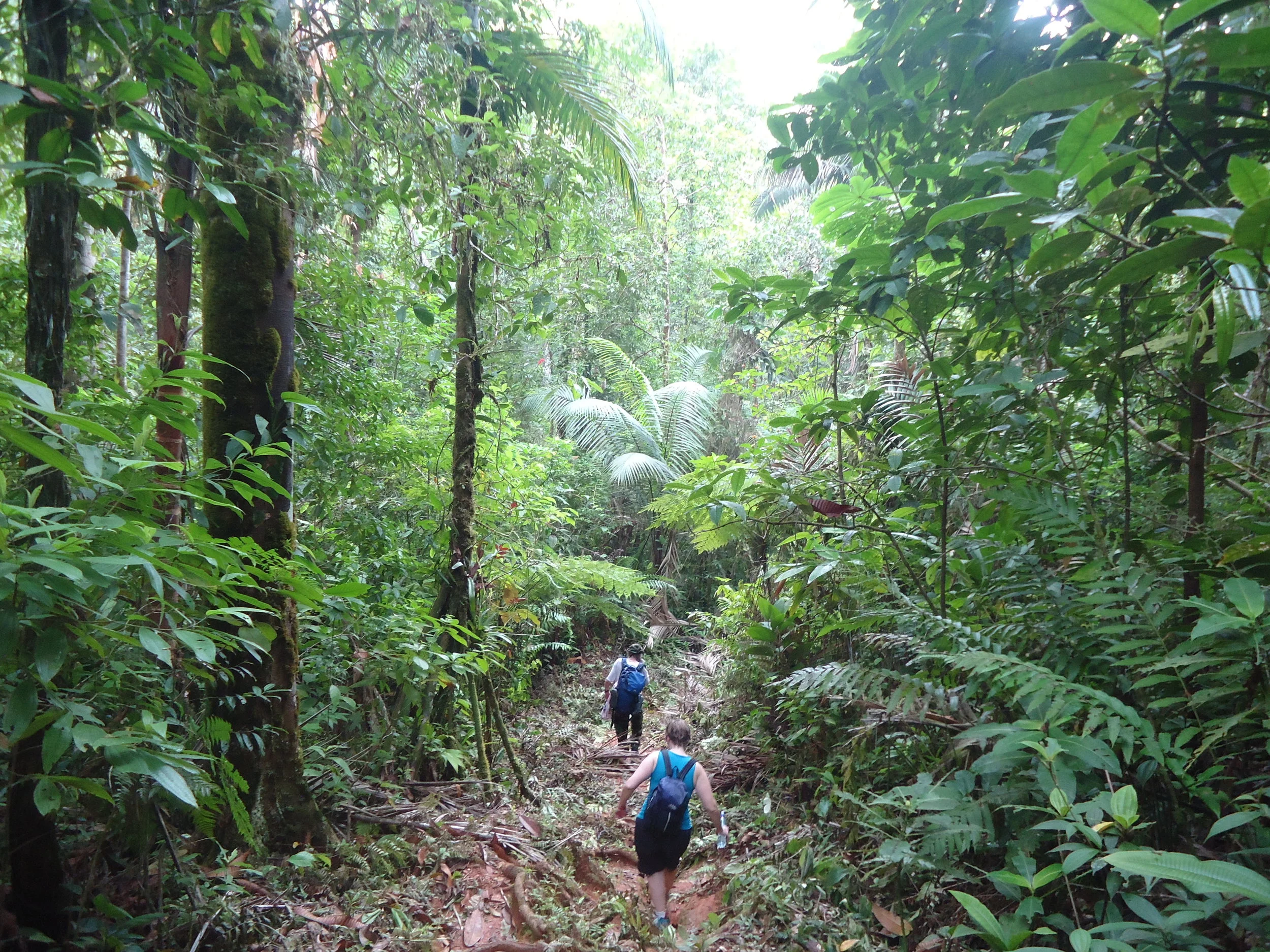The Horror Of Hiroshima
Recently, with considerable apprehension and some dread, I visited Hiroshima. Maybe you have heard of the peace park with its mound of ashes of 70,000 unidentified bodies and a paltry 814 who were identified. Until this year there were 815 but now Osamu Takahashi’s presence in the mound has been confirmed, and his ashes were finally taken back to the family home by his son and granddaughter. And perhaps you know about the stone coffin that contains a registry of 300,000 names of victims of the atomic bomb that exploded on august 6, 1945. Above the coffin is the stone shape of an ancient Japanese house; it is meant to shield the poor victim souls from the rain.
In the museum are large photos of black, charred bodies with hanging flesh and the parched, ulcerated tongue of a soldier. Neatly arranged display cases contain the clothes of a few of the seven thousand young children who were murdered by an indifferent explosion.
Outside the museum, I met a 71-year-old survivor. He was a four-month-old fetus in his mother’s womb that fatal day. He was born an atomic bomb baby in a twisted and suffering city. And he rails against an American president who dares to say that all military options, including nuclear, are on the table.
I went to Hiroshima with our wonderful guide Yumi, who was born there. Her mother only recently told Yumi her story, and Yumi translated it into English and asked me to read it. I have just finished, and I am shaking. It is a tale of such pain and suffering and loss and it is told so simply and graphically that I cannot imagine how she lived all these years with such a festering and necrotic experience. She watched her mother lose an arm and leg. She and her mother and sister had surgery and amputations with no anesthetic. She froze in the winter. She watched carbonized humans writhe in agony and die and wondered if she were next. Maybe the only reason she survived was to tell this story that has more reality to me than the museums and all the information panels.
I am thinking a lot about our war with Japan. There was a Japanese internment camp in Santa Fe and about twenty years ago I went to a service at the cemetery where several of the internees were buried. A priest came from Japan and blew a conch shell to start a ceremony and a pitiful handful of people showed up for the dead. One of them was a decorated veteran of World War Two who started railing against “the Japs” and how they didn’t deserve to be honored. I hung my head in sadness.
I recall that when I was a Hollywood writer I became convinced that Tokyo Rose was framed. She was a Japanese American who was stranded in Japan when the war broke out and she was accused of making radio broadcasts that demoralized the American troops. Considered a traitor, she was scorned and hated. I tracked her down with much difficulty and many years after being imprisoned, she was quietly working in a dry goods store in Chicago. We spoke on the phone and she was reticent and rather cold. I thought her personality hadn’t endeared her to the American public, but I believed she was innocent. Yet no one in Hollywood would touch the story. There was still too much anti-Japanese sentiment many decades after the war.
I reflect on this as I ride in a bullet train, nibbling on octopus rice in a bento box. I am overcome with gratitude to all the wonderful, funny, open-hearted, kind Japanese people I have met everywhere. I bow and nod politely but I really want to climb up on the tiles of a Japanese roof and scream:
No more nukes, ever. EVER.
No more demonization and dehumanization of the enemy.
No more wars fought over resources.
No more ugly racism.
No more secret wars fought on foreign soil.
No more need to hang our heads in shame at being human.
We can understand and we can forgive but we can never ever forget the terrible and terrifying lesson of Hiroshima. It was an idea hatched by brilliant minds at Los Alamos, New Mexico. They dreamed up an Uber weapon so powerful that it would change and perhaps ultimately destroy the world.
Judith Fein, executive editor of YourLifeisaTrip.com, is an award-winning international travel journalist, speaker, workshop leader and author of Life is a Trip: The Transformative Magic of Travel and The Spoon From Minkowitz. Her website is www.GlobalAdventure.us


